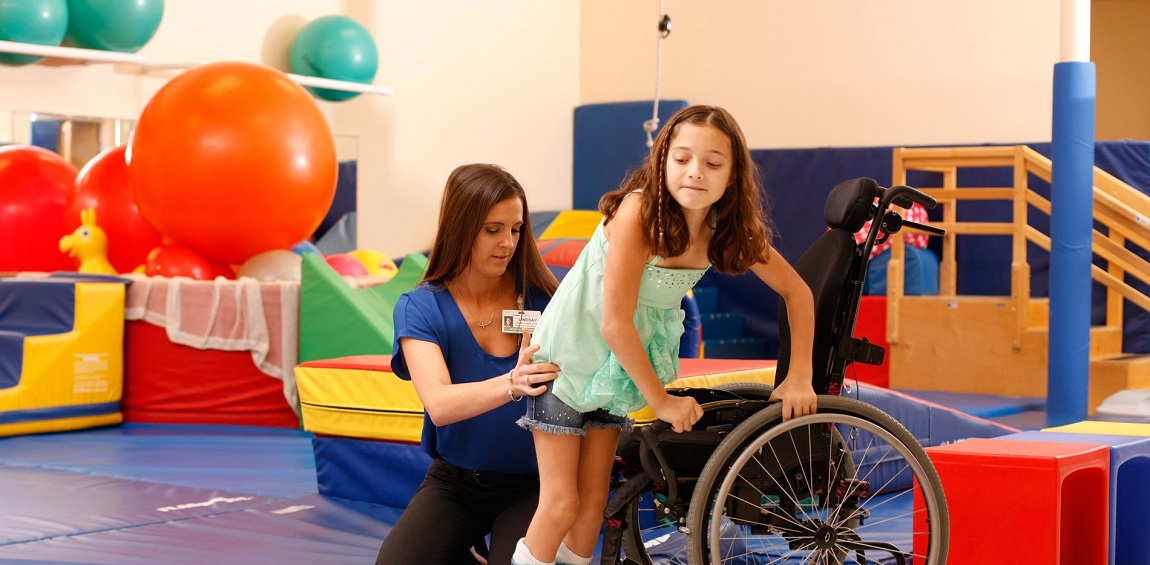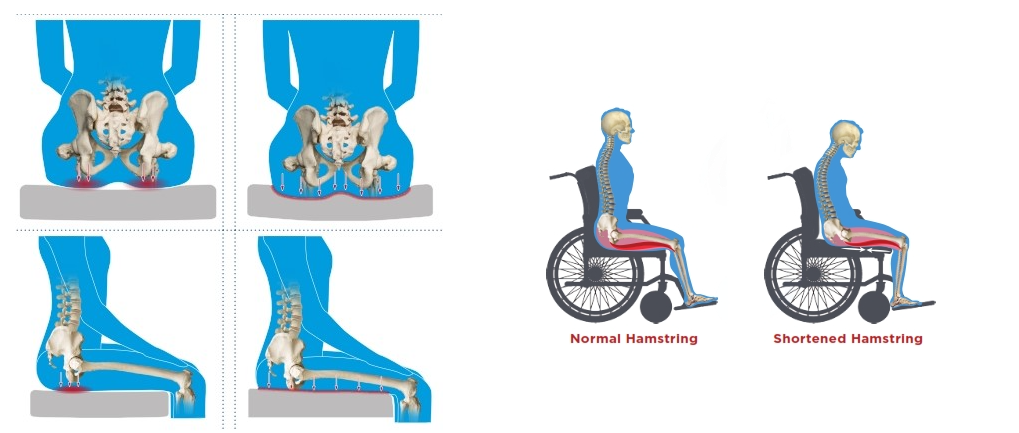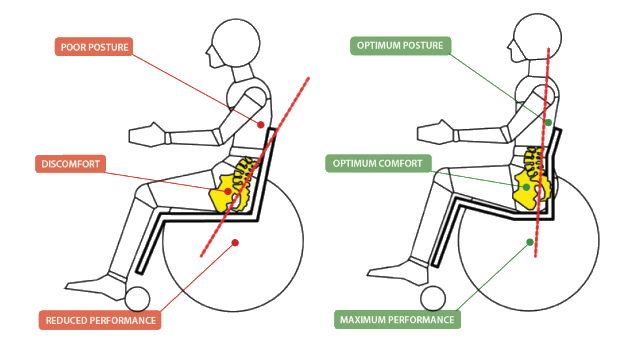Goals of Seating

Over the past few months we have been exploring what seating and positioning options are available to help maximise best outcomes when prescribing seating and wheelchairs for people with complex disabilities.
Appropriate seating equipment for clients with postural needs is critical to provide an optimal seating position from which they may engage in functional activities, remain comfortable, be positioned and supported properly, and minimise pressure risks. At the commencement of the seating assessment, it is a priority to determine the clients seating goals. It is only with this consideration that the best outcome will result.

Key goals of seating1 and positioning include:
- Engage in functional activities
- Promote comfort and relaxation
- Maintain skeletal alignment
- Manage or prevent development of pressure areas
- Reduce fatigue
- Manage tone

Wheelchair seating can be tricky due to the complexity of some clients, and the many interrelated components that may be required on their wheelchair.
The results of a MAT evaluation will assist, to determine the appropriate configuration of a wheelchair and which seating components and products will best meet the client’s needs. It is important to remember that changes to one component of a wheelchair may have consequences in seating outcomes – pressure, posture, function and comfort2.

During the evaluation phase of the seating assessment, it is important to consider all features of seating – from the backrest and seat cushion type, to the type of mobility wheelchair base – tilt, recline, manual or power bases.
The information collected from the seating assessment needs to be closely matched to the end users seating goals, and what they desire to achieve from their wheelchair. It is only when the assessment findings and the seating goals align that good outcomes are achieved.
Factors to consider to achieve seating and positioning goals:
- Range of motion
- Presence of abnormal tone
- Effects of gravity
- Ability to function

Your experienced seating occupational therapist can help guide your decision-making process to determine your seating goals, and to determine best seating and mobility outcomes.
References:
https://www.aci.health.nsw.gov.au/networks/spinal-cord-injury/spinal-seating/module-6/wheelchair-seating-a-complex-puzzle
https://www.aci.health.nsw.gov.au/networks/spinal-cord-injury/spinal-seating/module-6
Images:
SPEX, Comfort Company, Cerebral Palsy Alliance.

